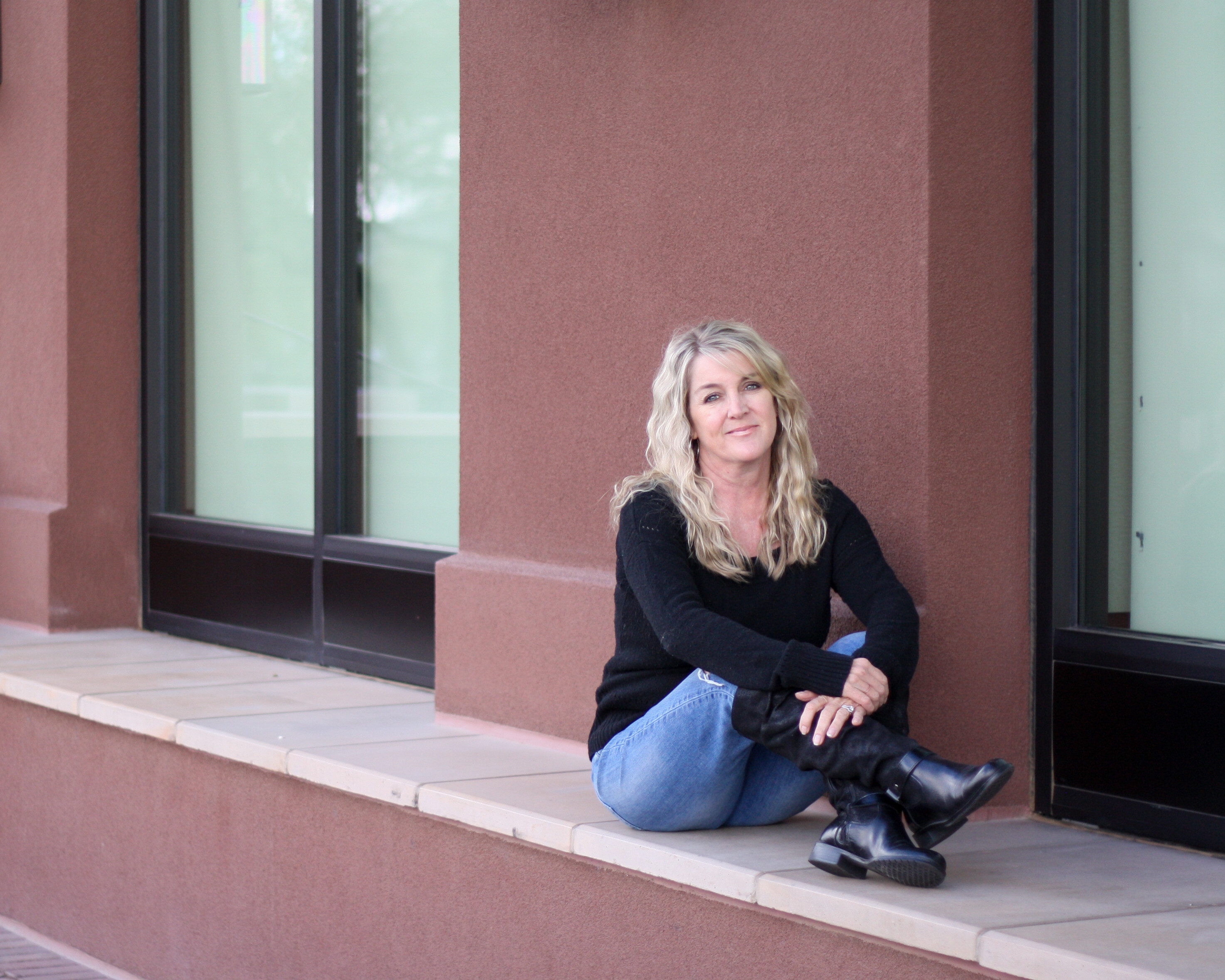Introduction to Codependency and Relationships
Codependency is a common issue that affects many individuals in their relationships. It refers to a pattern of behavior in which someone excessively relies on their partner for their self-worth and happiness. In a codependent relationship, one person often becomes the “caretaker” or “enabler” while the other takes on the role of the “dependent” or “victim.” This dynamic can lead to a vicious cycle of giving and loving too much, which can be detrimental to both parties involved. In this article, we will explore the different aspects of codependency, its effects on relationships, and how to break free from this unhealthy pattern.
The Effects of Codependency in Relationships
Codependency can have severe emotional, mental, and even physical effects on those involved. Some of the common effects of codependency include:
1. Loss of Individuality
In a codependent relationship, individuals often lose their sense of self and become overly focused on meeting the needs of their partner. This can result in a loss of individuality and personal identity.
2. Resentment and Frustration
Constantly giving and not receiving in return can lead to feelings of resentment and frustration. The codependent individual may feel unappreciated and taken advantage of, while the dependent individual may feel stifled and controlled.
3. Emotional Exhaustion
Codependency often involves an intense emotional investment in the relationship. This emotional investment can be draining and lead to feelings of exhaustion and burnout.
4. Poor Boundary Setting
Codependent individuals often struggle with setting and maintaining healthy boundaries. They may have a difficult time saying no and may prioritize their partner’s needs over their own.
5. Lost Sense of Self-Worth
When someone’s self-worth is reliant on the approval and validation of their partner, they can easily lose sight of their own value and worthiness. This can contribute to low self-esteem and a constant need for external validation.
6. Lack of Independence
Codependent individuals often rely heavily on their partner for their emotional well-being and decision-making. This lack of independence can hinder personal growth and limit opportunities for self-discovery.
Breaking Free from Codependency
Recognizing and addressing codependency is essential for breaking free from this harmful pattern. Here are some strategies and steps to help you on your journey towards healthier relationships:
1. Self-Awareness
Developing self-awareness is the first step in breaking free from codependency. Reflect on your patterns of behavior, emotions, and thoughts in relationships and identify any codependent tendencies.
2. Reclaiming Your Identity
Focus on reconnecting with your own values, interests, and desires. Engage in activities that bring you joy and fulfillment, independent of your partner.
3. Establishing Healthy Boundaries
Learn to set and enforce healthy boundaries in your relationships. Clearly communicate your needs and expectations, and be assertive in expressing your feelings and limits.
4. Practicing Self-Care
Prioritize self-care and self-love. Take time for yourself, engage in activities that promote relaxation and well-being, and make your mental and physical health a priority.
5. Seeking Support
Consider seeking therapy or support groups specifically focused on codependency. Working with a professional can provide valuable insights and guidance in your journey towards breaking free from codependency.
6. Developing Independence
Work towards developing your own sense of independence and self-sufficiency. Seek opportunities for personal growth, set goals, and make decisions that align with your own needs and desires.
Frequently Asked Questions (FAQ)
What is codependency?
How does codependency affect relationships?
What steps can I take to break free from codependency?
Conclusion
Codependency can create a destructive cycle of giving and loving too much in relationships. It is important to recognize the signs of codependency and take steps to break free from this unhealthy pattern. By focusing on self-awareness, reclaiming your identity, establishing boundaries, and practicing self-care, you can cultivate healthier and more fulfilling relationships. Remember, it is essential to prioritize your own well-being and happiness in order to build healthier and more balanced connections with others.
“Self-love is not selfish. It is necessary to move from surviving to thriving.” – Kristen Brown, Spiritual and Empowerment Author and Mentor

Introduction
Building healthy relationships requires setting boundaries and prioritizing self-care. For recovering people-pleasers, setting boundaries can be a transformative act of self-love. By establishing and maintaining healthy boundaries, individuals can rebuild their self-worth, honor their needs, and foster healthier connections with others.
In this article, we will explore the importance of setting boundaries as recovering people-pleasers and how it contributes to healthier relationships. We will delve into the concept of recovering from people-pleasing behaviors and provide practical strategies for establishing and maintaining boundaries. Additionally, we will discuss the role of self-love, self-care, and self-worth in the journey towards healthy relationships.
The Journey of Recovery: From People-Pleasing to Healthy Relationships
Recovering from people-pleasing involves breaking free from codependent patterns, honoring personal boundaries, and learning to prioritize self-care. People-pleasers often struggle with setting and maintaining boundaries due to their fear of rejection, the need for external validation, and the belief that their self-worth is dependent on meeting others’ needs.
As recovering people-pleasers embrace their journey of recovery, they begin to realize that their happiness and well-being should not be sacrificed for the sake of others. They recognize that setting and enforcing boundaries is an essential part of valuing themselves and fostering healthier relationships.
1. Understanding Boundaries
A boundary is a personal limit that defines what is acceptable and unacceptable in how others treat us. It establishes guidelines for how we want to be treated, what behaviors we find respectful or disrespectful, and how much of ourselves we are willing to give in various relationships.
Setting and maintaining boundaries allows individuals to communicate their needs, protect their emotional well-being, and establish mutually respectful connections with others.
2. Rebuilding Self-Worth and Confidence
Recovering people-pleasers often struggle with low self-worth and lack of confidence. They may have spent years neglecting their own needs in order to gain approval and validation from others. Setting boundaries becomes a powerful tool in rebuilding self-worth and cultivating confidence.
By recognizing their inherent value and prioritizing their well-being, recovering people-pleasers begin to realize that their self-worth isn’t dependent on meeting others’ expectations. They understand that they deserve healthy, balanced, and respectful relationships.
3. Prioritizing Self-Care
Setting boundaries is closely linked to self-care. Recovering people-pleasers often have a history of neglecting their own needs in favor of others’ demands. They may have difficulty saying “no” and may regularly prioritize others at the expense of their own well-being.
Establishing boundaries allows individuals to prioritize self-care by setting aside time and energy for themselves. It involves recognizing their own limits, understanding their own needs, and taking intentional actions to meet those needs.
Strategies for Setting Healthy Boundaries
When recovering from people-pleasing tendencies, it is essential to develop practical strategies for setting and maintaining healthy boundaries. Here are some strategies to consider:
1. Reflect on Personal Values and Needs
Take the time to reflect on your personal values and needs. Identify what is important to you and what you need to feel respected, valued, and fulfilled in your relationships. This self-reflection will provide the foundation for setting boundaries that align with your authentic self.
2. Communicate Openly and Assertively
Effective communication is crucial in setting boundaries. Learn to express your needs, emotions, and limits in a clear and assertive manner. Practice using “I” statements to express how certain behaviors impact you and what you need from others.
3. Be Firm and Consistent
Setting and maintaining boundaries requires consistency. Be firm in your boundaries and enforce them consistently. People-pleasers may face resistance or pushback initially, but staying committed to your boundaries is essential for healthy relationships.
4. Practice Self-Compassion
Recovering from people-pleasing involves practicing self-compassion. Understand that setting boundaries may feel uncomfortable at first, and it’s okay to prioritize your well-being. Be kind to yourself and remind yourself of your worth and the importance of self-care.
5. Seek Support and Guidance
Recovering from people-pleasing can be challenging, but you don’t have to go through it alone. Seek support from trusted friends, family, or professionals who can guide you on your journey. They can offer valuable insights, encouragement, and accountability as you navigate setting boundaries.
The Role of Self-Love and Self-Worth in Healthy Relationships
Self-love and self-worth are foundational elements of healthy relationships. Recovering people-pleasers often struggle with these concepts and may prioritize others’ needs over their own.
By practicing self-love, individuals can cultivate a deep sense of worthiness and prioritize their well-being. This allows them to establish and maintain boundaries that support their mental, emotional, and physical health. Self-love also enables them to attract and nurture healthier relationships as they learn to value themselves.
Conclusion
Setting boundaries as recovering people-pleasers is a transformative journey towards healthier relationships. By prioritizing self-care, rebuilding self-worth, and practicing self-love, individuals can break free from codependent patterns and foster connections built on mutual respect and understanding.
Remember, healthy boundaries are an act of self-love and a declaration of your worthiness. Embrace the journey of recovery, be patient with yourself, and surround yourself with a supportive community as you learn to unlock healthy relationships through setting boundaries.
Why are boundaries important in relationships?
How can setting boundaries improve self-worth?
Quote from Kristen Brown:
Self-love is not selfish. It is necessary to move from surviving to thriving.
For more insights on healthy relationships, self-love, and recovering from people-pleasing behaviors, visit Kristen Brown’s official website.

The Journey to Codependency Recovery: From People-Pleaser to Self-Lover
In today’s fast-paced and interconnected world, many people struggle with maintaining healthy relationships. For those who have a tendency to prioritize the needs and desires of others over their own, codependency can become a significant issue. This article explores the journey to codependency recovery and the transformation from being a people-pleaser to embracing self-love.
Understanding Codependency
Codependency is a behavioral and emotional condition that often manifests in relationships. Individuals who are codependent tend to prioritize the needs and desires of others at the expense of their own well-being. They may have difficulty setting boundaries, experience feelings of guilt or anxiety when asserting their own needs, and often derive their self-worth from their ability to please others.
Codependency can develop as a result of various factors, including childhood experiences, family dynamics, and previous traumatic events. It often stems from a deep-rooted fear of abandonment and a desire for validation and acceptance. While codependency can manifest in various forms, it commonly occurs in romantic relationships, family units, and friendships.
The Path to Codependency Recovery
Recovering from codependency and embarking on a journey toward self-love is a deeply personal and transformative process. It requires individuals to confront their past experiences, understand their patterns of behavior, and develop new, healthier coping mechanisms. Here are some essential steps in the journey to codependency recovery:
1. Recognize and Acknowledge Codependent Patterns
The first step in codependency recovery is recognizing and acknowledging the presence of codependent patterns in one’s life. This self-awareness allows individuals to take responsibility for their actions and begin the healing process.
2. Seek Professional Help
Professional guidance and therapy play a crucial role in codependency recovery. Therapists can provide individuals with tools and techniques to navigate their emotional landscape, identify underlying trauma, and develop healthier coping mechanisms.
3. Set Boundaries
Establishing boundaries is essential in codependency recovery. It involves learning to prioritize one’s own needs and communicate them effectively. By setting boundaries, individuals can protect their emotional well-being and foster healthier relationships.
4. Cultivate Self-Love and Self-Care
Central to codependency recovery is the process of cultivating self-love and self-care. This involves learning to prioritize one’s own happiness, practicing self-compassion, and engaging in activities that promote personal growth and well-being.
5. Develop Healthy Relationship Patterns
Learning healthy relationship patterns is key in codependency recovery. This includes understanding the importance of equal partnerships, effective communication, and mutual respect. Building healthy relationships involves creating space for individual growth and embracing interdependence rather than codependency.
The Benefits of Codependency Recovery
Codependency recovery brings numerous benefits to individuals who embark on this journey. By overcoming codependency and embracing self-love, individuals can experience:
- Increased self-confidence and self-worth
- Healthy and balanced relationships
- Emotional freedom and decreased anxiety
- Improved overall mental and emotional well-being
- Greater clarity and purpose in life
- The ability to prioritize personal needs and desires
Recovering from codependency is not a linear process, and it requires dedication, self-reflection, and patience. However, the rewards of codependency recovery are immeasurable, paving the way for a life filled with self-love, healthy relationships, and personal fulfillment.
What are some signs of codependency in relationships?
How can one cultivate self-love in the journey to codependency recovery?
As Kristen Brown, Spiritual and Empowerment Author and Mentor, once said:
“Shame and unworthiness are the dis-ease, and self-love is the miracle cure.”
Embarking on the journey to codependency recovery requires courage and dedication. By cultivating self-love, setting boundaries, and nurturing healthy relationships, individuals can transform their lives and create a foundation of empowerment and personal fulfillment.
For more guidance on codependency recovery and self-love, you can visit Kristen Brown’s website and explore resources like her book “The Recovering People Pleaser.”

Codependency Recovery: The Art of Loving Yourself First
More about Do You Give or Love too Much in Relationships Codependency Recovery: Most Upvotes
Do You Give Too Much in Relationships: Healing from People-Pleasing: Codependency Recovery and Self-Compassion
Codependency Recovery: The Art of Loving Yourself First
2023 Kristen Brown, Spiritual and Empowerment Author and Mentor – Do You Give or Love too Much in Relationships Codependency Recovery All Rights Reserved.
[meta.author=Kristen Brown]
